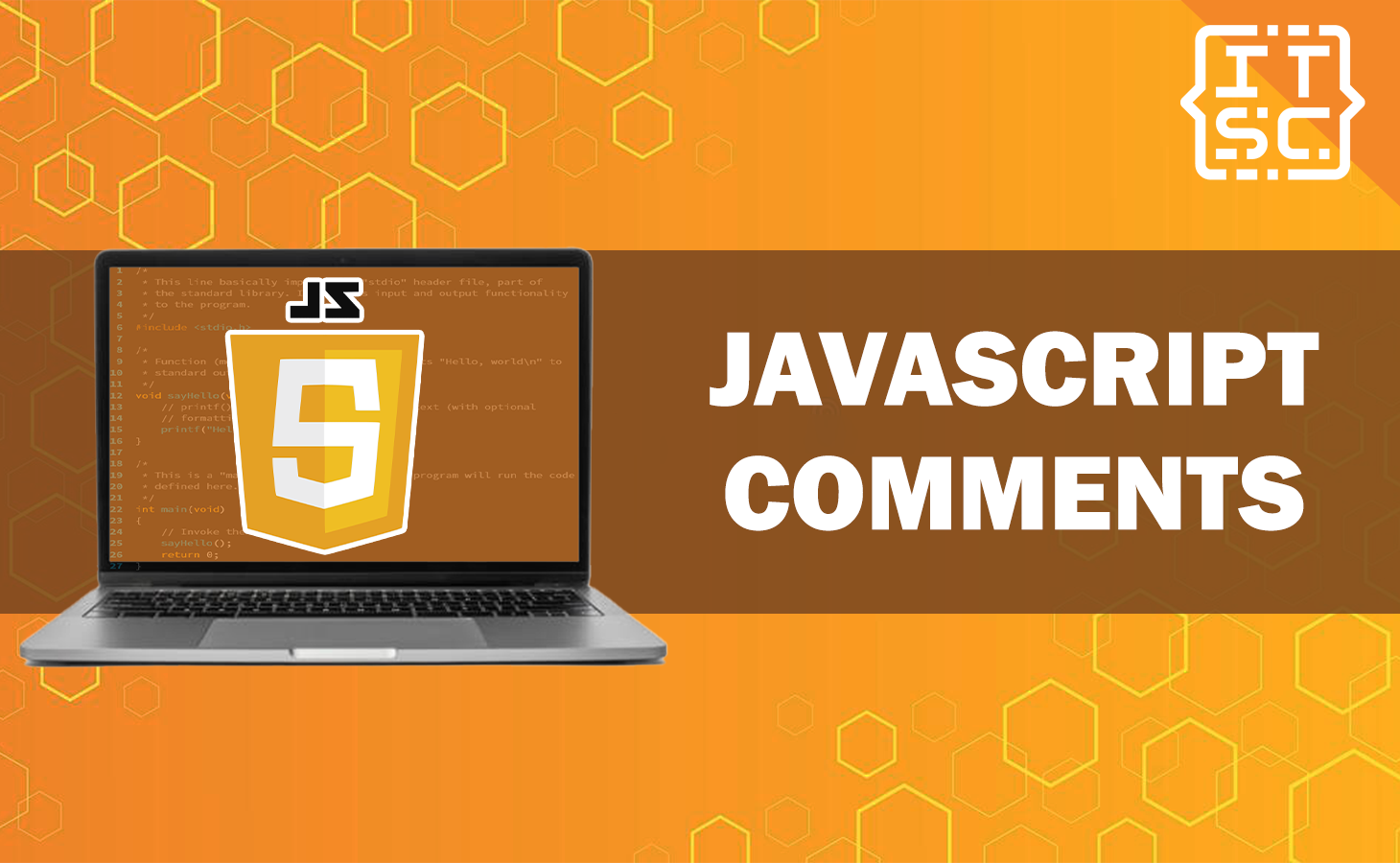In this article, we’ll talk about why JavaScript comments/commentaire are important and how they help make code easier to read, maintain, and work on together.
JavaScript is a key tool for creating interactive and engaging websites in the fast-paced world of web development.
But as projects get bigger and more complex, it becomes crucial to keep things clear and help developers collaborate effectively.
That’s where JavaScript comments come in. These comments are added to the code that explain what it does, why it’s there, or provide extra information. These comments make it easier to understand and work with the code.
Why Javascript commentaire/comment Important?
JavaScript comments serve as a means of communication between developers, enabling them to understand the purpose and functionality of code segments.
These comments not only enhance code clarity but also facilitate collaboration among team members.
By explaining the logic, algorithms, or intentions behind the code, comments act as a guide, making it easier for other developers to work with the codebase.
Types of Comments
JavaScript offers various types of comments to cater to different purposes and situations. Let’s take a closer look at each type.
Single-line comments
The single-line comment is the most commonly used type of JavaScript comment.
It starts with a double-forward slash (//) and continues until the end of the line. Single-line comments are suitable for adding short, concise explanations or clarifications.
// This is a single-line commentMulti-line comments
Multi-line comments, also known as block comments, are used when you need to add comments spanning multiple lines. They are enclosed between /* and */ delimiters.
Multi-line comments are useful for providing detailed explanations, commenting out code temporarily, or disabling code sections during development.
/*
This is a multi-line comment
spanning multiple lines.
*/Documentation comments
Documentation comments are a specialized type of comment used to generate documentation for code.
While JavaScript itself does not have built-in support for documentation comments, various tools, and frameworks, such as JSDoc, allow developers to write structured comments that can be processed to generate API documentation.
/**
* Calculates the sum of two numbers.
* @param {number} a - The first number.
* @param {number} b - The second number.
* @returns {number} The sum of the two numbers.
*/
function sum(a, b) {
return a + b;
}Example program of commentaire Javascript
Here are example programs for each type of comment in JavaScript:
- Single-line comment:
// 📌 This is a single-line comment
console.log("Welcome to ITSOURCECODE!"); // This line outputs "Welcome to ITSOURCECODE"
In the above example, the single-line comment provides a brief explanation, while the second line of code is also followed by a single-line comment.
- Multi-line comment:
/*
📌This is a multi-line comment.
📌It can span multiple lines.
*/
console.log("WELCOME TO ITSOURCECODE!!");
In this example, the multi-line comment spans multiple lines and is used to provide a more detailed explanation. The line of code after the comment is not commented out.
- Documentation comment:
/**
* This is a documentation comment.
* It provides information about the code.
* For example, this function calculates the square of a number.
* @param {number} num - The number to be squared.
* @returns {number} The square of the input number.
*/
function square(num) {
return num * num;
}
The above example demonstrates a documentation comment for a function. It includes a description of the function, parameter information, and the return type. Documentation comments are often used to generate API documentation or provide guidance for other developers.
Best practices for using JavaScript comments
To ensure that JavaScript comments are effective and serve their purpose optimally, it is essential to follow some best practices:
📌 Be concise and clear
Write comments that are easy to understand and avoid ambiguity. Use simple language and explain the purpose of the code briefly.
📌 Avoid redundant comments
Do not state the obvious or repeat the code already conveys. Focus in providing additional context or insights that are not immediately apparent from the code itself.
📌 Update comments along with the code
As the code changes remember to update the associated comments accordingly. Outdated comments can lead to confusion.
📌 Use proper grammar and spelling
Well-written comments enhance readability and professionalism. Ensure that your comments are free from grammatical errors and typos.
📌 Do not over comment
While comments are valuable, excessive comments can clutter the code and make it harder to read.
📌 Consider internationalization
If you plan to localize your code for different languages, avoid hard-coding strings in comments. instead use localization libraries or frameworks to manage translations.
Anyway here are some of the functions you might want to learn and can help you:
Conclusion
In conclusion, Javascript commentaire/comment plays a crucial role in enhancing code clarity, maintainability, and collaboration among developers. By adding meaningful comments to your Javascript code you can improve its readability, communicate intentions effectively, and facilitate teamwork.
Remember to keep them updated when your code changes and leverage tools like JSDoc for generating documentation.
With well-commented code, you can create a more efficient and enjoyable developement expericence while building robust and scalable Javascript applications.
That concludes our discussion on this function. We hope that you have gained valuable insights from this article.
Stay tuned for more! 😊

